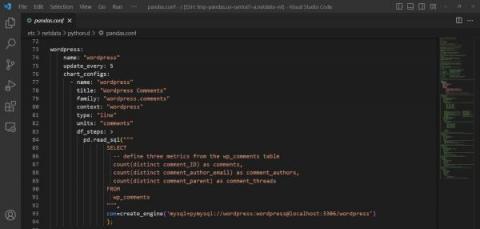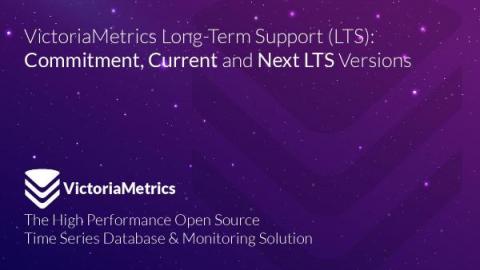Operations | Monitoring | ITSM | DevOps | Cloud
Databases
The latest News and Information on Databases and related technologies.
How to Monitor Redis with Prometheus
The current popularity of Redis is well deserved; it’s one of the best caching engines available and it addresses numerous use cases – including distributed locking, geospatial indexing, rate limiting, and more. Redis is so widely used today that many major cloud providers, including The Big 3 — offer it as one of their managed services. In this article, we’ll look at how to monitor Redis performance using Prometheus, the similarly popular open-source monitoring system.
The business value of frequent deployments: Faster time to market
How Database Observability Increases Operational Reliability
Next Level Oracle Monitoring: Options, Features, Deep-Dive
Get a guided tour on advanced Oracle monitoring based on Microsoft System Center Operations Manager.
Next Level Oracle Monitoring Options Features DeepDive NiCE 2023Q1
Monitor any SQL metrics with Netdata (and Pandas )
We recently got this great feedback from a dear user in our Discord: This is great and exactly what we want, a clear problem or improvement we could make to help make that users monitoring life a little easier. This is also where the beauty of open source comes in and being able to build on the shoulders of giants - adding such a feature turned out to be pretty easy by just extending our existing Pandas collector to support SQL queries leveraging its read_sql() capabilities.
Optimize SQL Server performance with Datadog Database Monitoring
What Is SQL Performance Tuning?
VictoriaMetrics Long-Term Support (LTS): Commitment, Current and Next LTS Versions
Share: VictoriaMetrics is always improving, with frequent updates adding new features, performance improvements and bug fixes listed at the CHANGELOG page. We usually make at least a single release every month. All the new features and bug fixes go to the latest release. That’s why we recommend periodically upgrading VictoriaMetrics components to the latest available release. But the latest release may also contain bugs in the latest features.











